Leadership Lessons with…Richard Jukes, Executive Chairman at Grayling
The importance of internal communications in a hybrid world, what having a zero tolerance policy to bullying really looks like, and why the political landscape could drastically alter the Corporate Affairs industry in the next 12 months. We recently spoke with Grayling’s Executive Chairman, Richard Jukes, about some of the key qualities, needs and changes he’s seeing in 2023 and beyond.
Take a look.

What do you see as the key role of a Chairman in 2023?
There are a number of key roles. One is to forge strong partnerships with the Chief Executive and the senior leadership to ensure alignment of priorities and strategy. Equally a key role is to keep an eye on the horizon and anticipate issues before they hit; we operate in sectors that move and can change very quickly, and which are heavily influenced by external factors. So it’s important for a Chairman to constantly scrutinise the business’s strategy, ensure it’s still applicable and interrogate the key decisions being made.
It’s also important to demonstrate that you’re prepared to roll up your sleeves and do some of the heavy lifting. There’s no point in a Chairman who hides behind closed doors.
What do you think are the key qualities needed from leaders at the moment?
Resilience. We’re all facing particularly challenging circumstances which will likely prevail for 12 or 18 months – or longer. Leaders need to navigate different issues and determine those they can control and those they can’t.
Optimism. People want a vision, and to know that there’s a robust plan to reach better times ahead.
Empathy. Particularly where younger colleagues are concerned; it’s important that everyone in the business feels they’re on the same side.
And finally, don’t be afraid of failure – the key is how you deal with mis-steps, not to avoid taking any steps at all.
After two years of leading organisations remotely, what have you learned about virtual leadership?
It’s become more apparent than ever that getting internal communications right is crucial. Creating meaningful, two-way engagement in a virtual setting means almost exaggerating how frequently we communicate. But I’ve also learned that it’s really hard to improve on face-to-face interactions, and everything that comes with that – engaged decision-making, mentoring and coaching, perspective and nuances. Things simply land differently in a virtual world.
Employee demands aren’t just salary and benefits anymore. What changes are you seeing, and how can leaders meet these evolving needs and wants?
The culture of a business is becoming really important to professionals. Now, more people [quite rightly] won’t tolerate a culture that isn’t conducive to their career progression, or which demands ridiculously long hours and accepts abrasive behaviours.
More generally, we should be enabling a better work-life balance. I think that requires some flexibility in everyone’s expectations.
With an increasing focus on workplace mental health, how have you seen the industry support employee wellbeing?
As a whole, the industry has taken a lot on board to support workplace wellbeing and mental health. Providing a safe and secure space where people feel like they can talk through their concerns and issues is really important, as is being more open about the fact that there’s no shame in finding things difficult at times.
One of the things I’m proud of is our zero tolerance approach to bullying (not that we’ve encountered a great deal) – which of course can take many forms. If we do see any signs, we come down hard, and we’re prepared to have those conversations not just with colleagues but, occasionally, with clients who might go beyond an acceptable way of treating our staff that can lead to stress and other issues. And we have, in the past, resigned some clients whom we felt were causing stress and discomfort.
What do you think leaders can do to drive diversity and inclusion within the corporate affairs industry?
This is a critical question, and there’s no easy answer. It’s a work in progress.
One of the initiatives we’ve implemented to aid our D&I is blind interviews, where we have no knowledge about a candidate’s personal background or demographic. That’s been an interesting experience and provided exciting people for interviews.
The industry should continue to do more outreach directly with schools and see how we can assist in attracting and nurturing talent from an earlier age.
The more critical thing is to recognise that diversity isn’t just a nice-to-have, it’s absolutely imperative for the future of our business.
Over the next 12 months, what challenges do you see the industry facing?
Not to say it won’t have its benefits, but AI will present challenges for the workforce and the future of job security. I’m not sure anyone knows exactly how that will play out and we will have to be agile and open-minded in responding to this massive evolution.
More tangibly in Corporate Affairs, we have three major elections coming up in the next year in the US, UK and EU which could have enormous repercussions and in any event will certainly result in change.
For those of us who operate in a world where we advise businesses on political risk and reputation, and those that are subject to significant regulatory control, navigating these issues in the next 12 months will be hugely demanding. Much of what is currently considered to be settled consensus – take net-zero for example, is likely to become highly contentious.
Ultimately, we can’t stand still. We need to evolve and innovate continually to adapt and stay ahead of the pack.


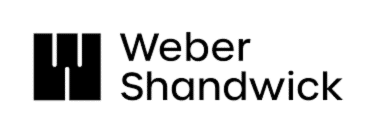


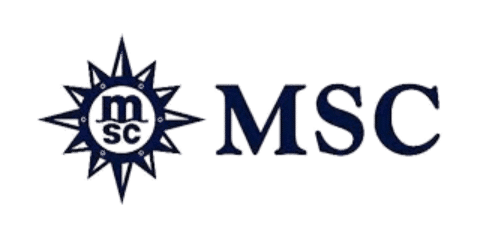


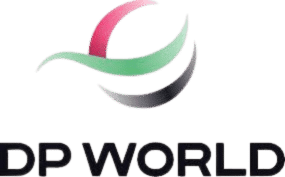



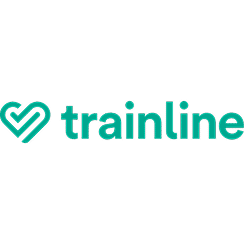


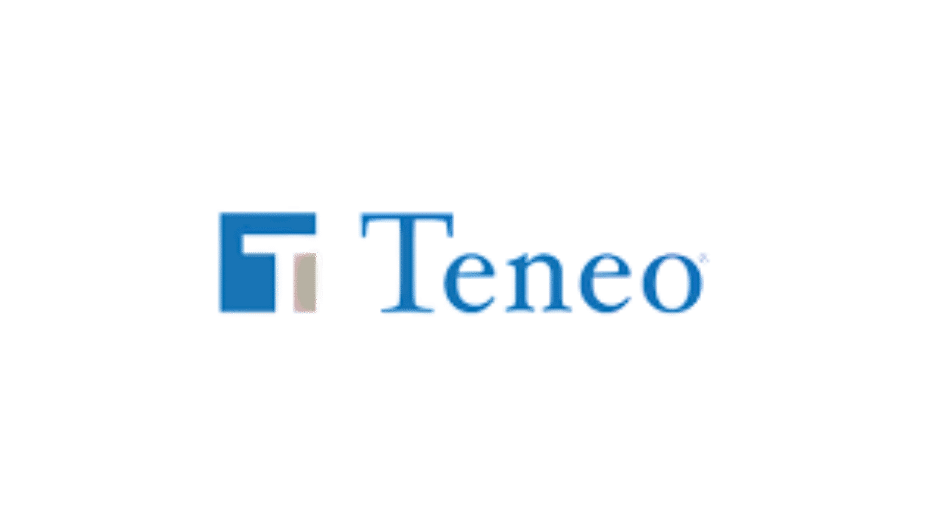











 Career Enquiry
Career Enquiry
